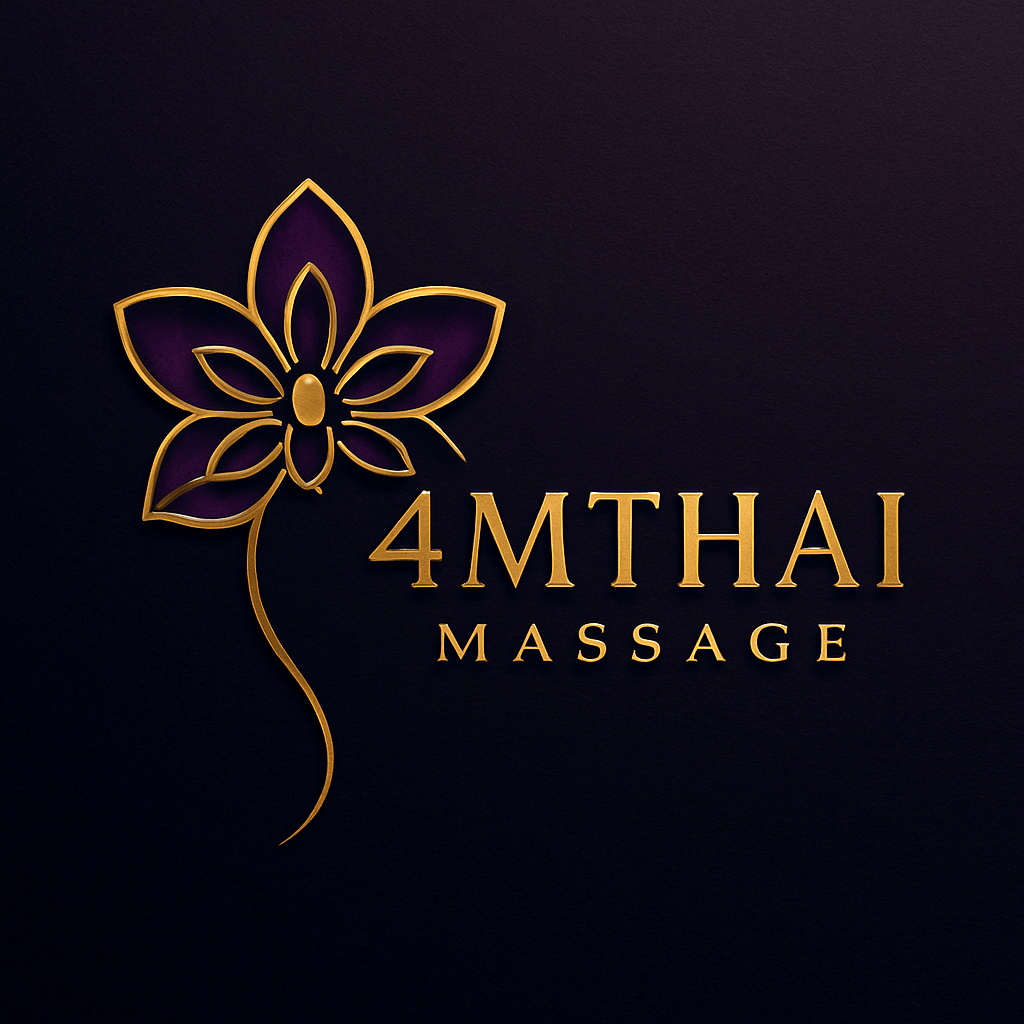Thai Combination Massage
This is one of our most popular Thai Combination Massage. Book a session and eliminate pain.
A Thai combination massage is a hybrid form of massage therapy that blends the ancient techniques of traditional Thai massage with elements from other styles, such as Swedish
massage and sometimes deep tissue massage. It aims to provide a balanced experience that promotes both physical relief and relaxation by combining Eastern and Western approaches.
Techniques Used
This massage typically incorporates:
Stretching and acupressure from traditional Thai massage, where the therapist applies pressure along the body's energy lines (known as Sen lines) using hands, elbows, knees, forearms, or feet to release tension and improve energy flow.
Long, flowing strokes and kneading inspired by Swedish massage, which involve gliding movements to relax muscles and enhance circulation.
Deep tissue elements in some variations, focusing on deeper muscle layers to address knots or chronic tension, though this is often gentler than pure deep tissue work.
Optional use of oils, such as therapeutic or aromatic essential oils, to reduce friction and add an aromatherapy component for enhanced relaxation.
How It's Performed
Unlike traditional Thai massage, which is usually done on a floor mat with the client fully clothed and no oil, Thai combination massage is often performed on a massage table. The client may be partially undressed (with proper draping for privacy) to allow for oil application.
Sessions typically last 60-90 minutes, starting with lighter strokes to warm up the muscles, progressing to stretches and deeper pressure, and ending with relaxing movements. The therapist tailors the session based on the client's needs, such as focusing on specific areas of tension.
Benefits
Thai combination massage offers a range of physical and mental benefits, including:
Reduced muscle tension and pain, particularly for stiffness or minor aches.
Improved flexibility and range of motion through assisted stretches.
Enhanced blood circulation and lymphatic drainage, which can aid in detoxification and reduce swelling.
Stress and anxiety relief, promoting better sleep and overall well-being.
Aromatherapy effects from oils, which may provide additional therapeutic benefits like mood enhancement or skin nourishment.
Differences from Traditional Thai Massage
Traditional Thai massage (also called Thai yoga massage) is a dry (no oil) therapy rooted in ancient Thai healing practices, emphasizing vigorous passive stretches, acupressure, and yoga-like poses to balance energy flow. It's more energetic and can feel like a workout, often performed on a mat.
In contrast, Thai combination massage is generally more relaxing and adaptable, incorporating oil-based strokes for a soothing experience while retaining some Thai elements. It's ideal if you want a gentler introduction to Thai techniques or a mix of relaxation and therapeutic depth, whereas traditional Thai is better for those seeking intense flexibility work or energy balancing.


Our trained professional massage therapists use targeted techniques, such as deep tissue manipulation and soothing Swedish strokes, to release muscle tension and promote deep relaxation, allowing your body and mind to unwind effortlessly. By addressing knots, improving circulation, and reducing inflammation, they effectively alleviate physical pain and chronic stress, leaving you rejuvenated and balanced.
